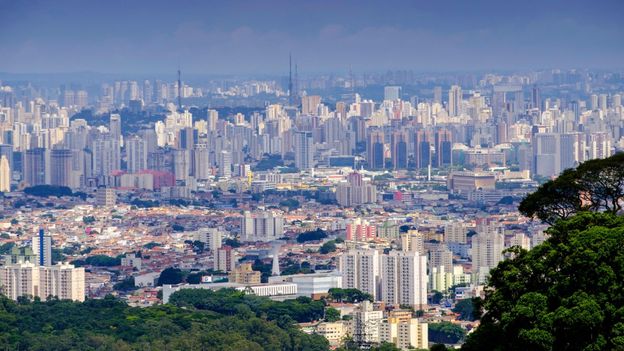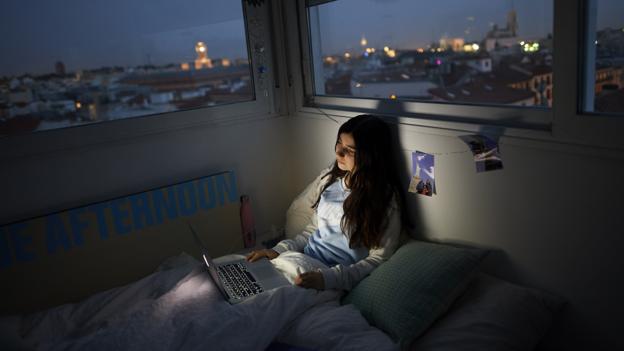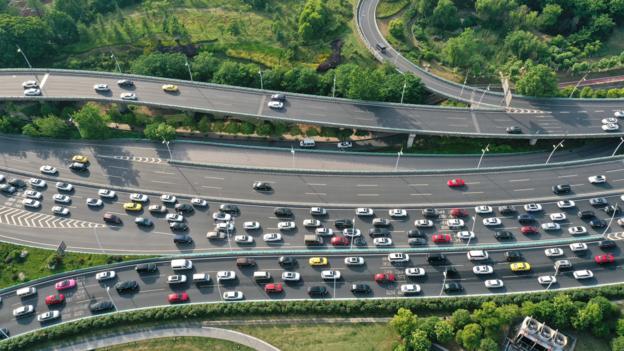Then there’s housing itself. In Brazil there is a strong gated-community culture: bubbles with good security and internal facilities like grocery shops, gyms and hairdressers that isolate residents from their external environment. Yet there are issues in terms of how these complexes impact on host cities. “It’s a huge burden of infrastructure demand for cities, especially smaller ones,” says Fonseca. These are large enterprises that often rely on things like water treatment systems, sewage or even the electricity network that were not designed to cope with such high localised demand. In many smaller cities, Libório notes, “the electric grid is of poor quality and it only ends up in some way hindering remote or internet access”.
Moreover, the influx of new residents in general tends to put pressure on public services like education and health that small cities struggle to alleviate – as evidenced by Azevedo’s problem finding a medical centre to treat his son.
Winners and losers
Typically when high-earning remote workers move to less developed areas, it has a significant economic and cultural effect – something that’s especially true in developing countries. “Earlier experiences with digital nomads in some places in Southeast Asia and expats in general, worldwide, rather point to the expat bubble experience with a more self-contained, high-expenditure lifestyle that generates income for local economies, but also to price increases – in particular, regarding housing,” says Eichhorst at the Institute of Labor Economics.
One difference in developing countries is that there are fewer wealthy suburbs, something “common in the US and not so common in Brazil”, says Diana Moreira, a professor economics at the University of California, Davis. “This implies that relocations are likely to be temporary, as the infrastructure in those places often do not have the supply of services including internet, poor sewerage, and good quality schools for a permanent move.”
Many of the workers relocating out of Brazil’s major hubs are selecting places where some infrastructure is already in place, however, something that Maria Encarnação Sposito, a professor at UNESP, suggests could lead to “cities that will ‘win’ and cities that will ‘lose’”. Where improvements are seen, “they can occur selectively; well-equipped areas become better equipped and other sectors of the city remain in deficit”, she says.
Eichhorst emphasises that we’re still in the early stages of understanding this shift, and it’s too early to tell how it might play out. Yet there’s plenty of evidence suggesting people want to move if they can.
For Kaue Chinelatto, a banking sector worker who relocated with his family to a housing complex with leisure facilities in Boituva, about 100km from São Paulo, the challenges of his new environment were not enough to dissuade him. Like Azevedo, he expected fewer facilities and services than he was used to in São Paulo. His internet connection is worse, and he’s found it hard to find supermarkets with the same range of products as in the capital. But he says he’s now living in a healthier environment, in a bigger house in an area with a much lower cost of living – and he says some local services are adapting to new residents. “The city’s delivery services are adjusting quickly,” he notes.













